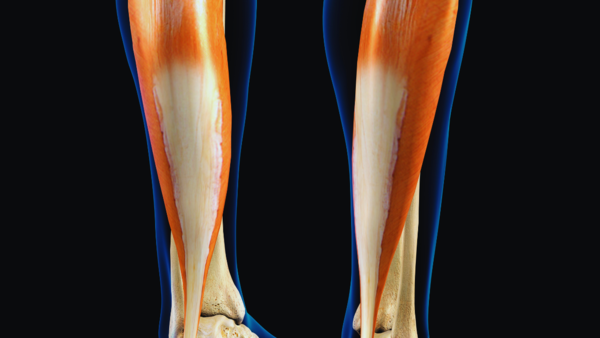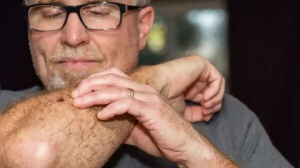Imagine a simple movement you can do while seated that could significantly impact your blood sugar levels. Recent research suggests that performing calf raises while sitting can help regulate blood sugar by engaging the soleus muscle in your calf.
This technique is easily accessible and requires no special equipment. You can perform this exercise anywhere, even while watching TV or working at your desk. This makes it an ideal activity for individuals with limited mobility or those who lead sedentary lifestyles. Incorporating these movements into your daily routine could make a noticeable difference over time, especially for people with elevated blood sugar levels or those in prediabetic stages.

A peer-reviewed study published in the National Library of Medicine found that the soleus pushup (SPU), a simple seated calf raise, can boost local oxidative metabolism and enhance blood sugar levels. Unlike most muscles that fatigue quickly, the soleus muscle is metabolically designed to work efficiently for hours without tiring. The study demonstrated that this movement increases glucose uptake without relying on glycogen stores, making it an effective strategy for managing post-meal blood sugar spikes.

The soleus muscle, often overlooked, is a metabolic powerhouse. A study published in iScience by the National Institutes of Health (NIH) highlights the soleus muscle's ability to sustain low-intensity contractions for extended periods without fatigue. It also supports glucose and lipid regulation.
The study introduced the term "soleus pushup" (SPU) to describe this sitting movement. Results showed that it boosts oxidative metabolism more effectively than standing or walking. Researchers observed an average reduction in blood glucose by 52% and a 60% reduction in insulin levels when the SPU was performed during prolonged sedentary periods.
No special equipment or gym membership is necessary to perform the soleus pushup. Simply lift your heels up and down slowly while seated to improve blood glucose and fat metabolism throughout the day. Researchers emphasize the benefits of this exercise, even during prolonged sitting, such as office work or watching TV.
This simple movement can be a low-effort, high-impact addition to the daily routines of people with prediabetes, Type 2 diabetes, or sedentary lifestyles. Study participants showed glucose reductions of up to 52% in some cases when using the soleus pushup method consistently.
While the soleus pushup is not a replacement for healthy eating, medication, or regular physical activity, experts suggest that activating the soleus muscle can complement existing glucose control strategies. Consider it a simple, biological trick that works silently while you sit.
Newer articles
Older articles
 Esha Gupta Sets Record Straight: Actress Addresses Hardik Pandya Dating Rumors
Esha Gupta Sets Record Straight: Actress Addresses Hardik Pandya Dating Rumors
 Google Maps to Boost Navigation Accuracy with Fused Orientation Provider API
Google Maps to Boost Navigation Accuracy with Fused Orientation Provider API
 Global Vaccination Rates Plunge: Millions of Children Now Vulnerable to Preventable Diseases
Global Vaccination Rates Plunge: Millions of Children Now Vulnerable to Preventable Diseases
 Rishabh Pant: Greg Chappell Hails India Star as Cricket Revolutionary
Rishabh Pant: Greg Chappell Hails India Star as Cricket Revolutionary
 Skin Cancer Alert: How to Identify Suspicious Moles and Early Warning Signs
Skin Cancer Alert: How to Identify Suspicious Moles and Early Warning Signs
 Gavaskar Calls for Kuldeep Yadav's Inclusion in Second Test Amid Bumrah Fitness Concerns
Gavaskar Calls for Kuldeep Yadav's Inclusion in Second Test Amid Bumrah Fitness Concerns
 Is Daily Pooping a Must? Understanding Bowel Regularity and When to Worry
Is Daily Pooping a Must? Understanding Bowel Regularity and When to Worry
 Suryakumar Yadav's Sports Hernia: Understanding the Injury, Recovery, and Risk Factors for Athletes
Suryakumar Yadav's Sports Hernia: Understanding the Injury, Recovery, and Risk Factors for Athletes
 Vijay Sethupathi Apologizes Amid Controversy Over Son Surya's Debut Film 'Phoenix' and Alleged Video Removal Pressure
Vijay Sethupathi Apologizes Amid Controversy Over Son Surya's Debut Film 'Phoenix' and Alleged Video Removal Pressure
 Install Baccarat Hack Tool: The Secret to Winning
Install Baccarat Hack Tool: The Secret to Winning